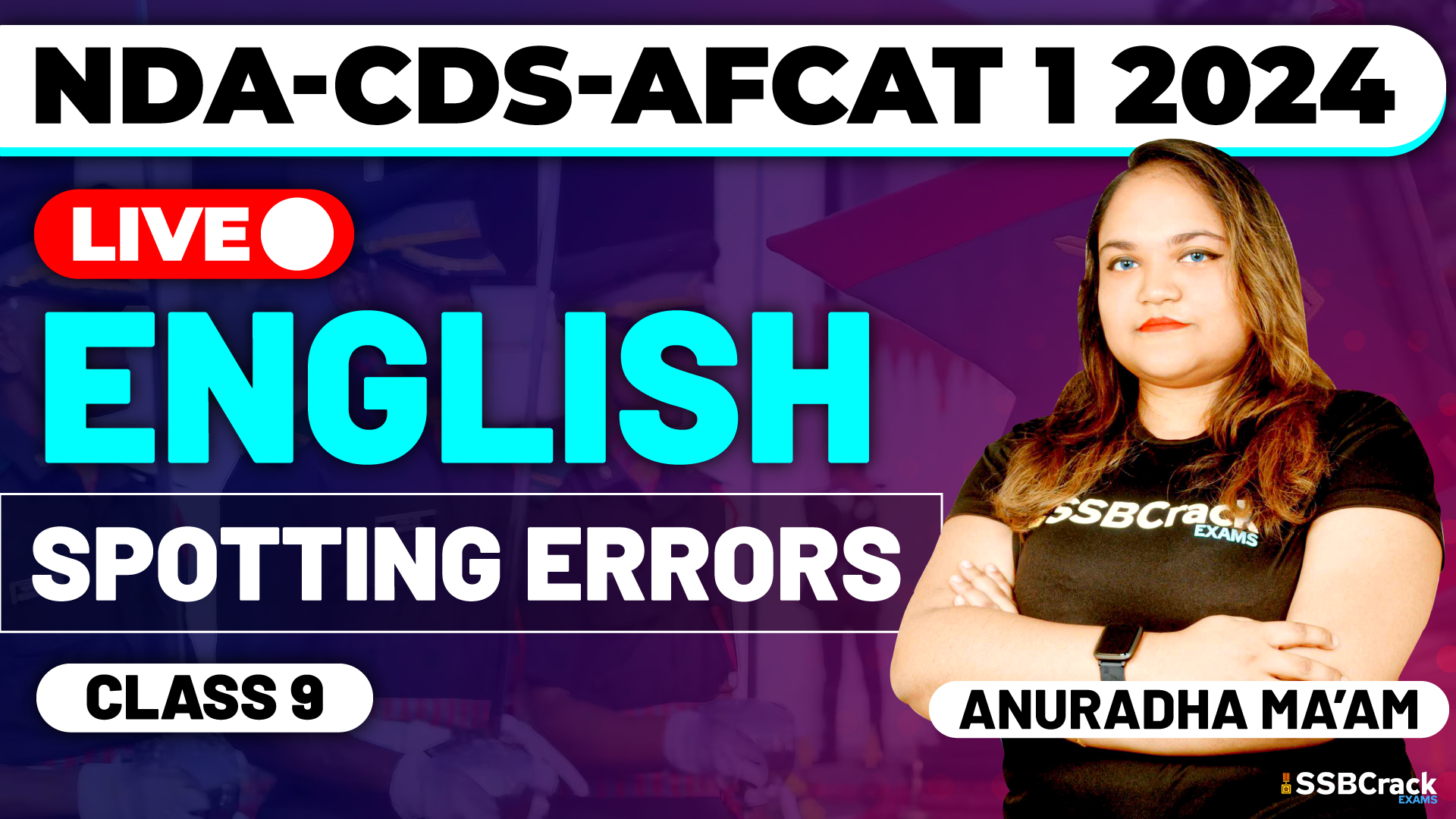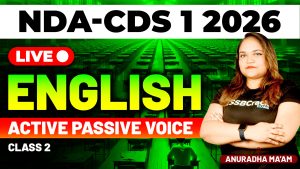In the world of competitive exams like the National Defence Academy (NDA), Air Force Common Admission Test (AFCAT), and Combined Defence Services (CDS), the English language section often poses a significant challenge. Among the diverse topics assessed, “Spotting Errors” emerges as a decisive factor. To conquer this section, a firm grasp of conjunction rules is indispensable. In this article, we will explore the pivotal rules of conjunctions that can be your beacon to success in the Spotting Errors section.
1. Understanding the Role of Conjunctions
Conjunctions are words used to connect words, phrases, clauses, or sentences. They act as bridges to ensure clarity and coherence in your writing and speech.
2. Coordinating Conjunctions (FANBOYS)
- Coordinating conjunctions include “for,” “and,” “nor,” “but,” “or,” “yet,” and “so.” They connect elements of equal importance, such as words, phrases, or independent clauses.
- Example: “He wanted to go, but he couldn’t.”
3. Subordinating Conjunctions
- Subordinating conjunctions introduce dependent clauses (subordinate clauses) and join them to independent clauses, creating complex sentences.
- Example: “Although it rained, they went for a walk.”
4. Correlative Conjunctions
- Correlative conjunctions come in pairs and connect elements that are equal in weight within a sentence.
- Example: “Either you are with us, or you are against us.”
5. Avoiding Comma Splices and Run-On Sentences
- Conjunctions are often used to avoid comma splices and run-on sentences. They help link independent clauses correctly.
- Incorrect: “He wanted to go, he couldn’t.”
- Correct: “He wanted to go, but he couldn’t.”
6. Maintaining Parallelism
- When conjunctions are used to connect elements in a list, ensure parallelism. This means the connected elements should have the same grammatical structure.
- Incorrect: “She likes reading, swimming, and to hike.”
- Correct: “She likes reading, swimming, and hiking.”
7. Choosing the Right Conjunction
- Select the appropriate conjunction based on the context. For instance, “and” is used to add information, “but” to show contrast, “so” for consequence, and “yet” for contradiction.
- Example: “He was tired but determined to finish.”
8. Avoiding Double Negatives
- Be cautious when using multiple negative words with conjunctions. They can create confusion.
- Incorrect: “I don’t want none of it.”
- Correct: “I don’t want any of it.”
9. Ensuring Clarity
- Use conjunctions to enhance clarity and coherence in your writing. They help readers follow your ideas more easily.
- Example: “He studied hard, so he passed the exam.”
Conclusion
Conjunctions may seem like small linguistic elements, but they play a pivotal role in effective communication. In the context of competitive exams like NDA, AFCAT, and CDS, mastering conjunction rules is not just about grammar; it’s about enhancing your ability to spot errors and convey your thoughts accurately. By understanding and applying these rules, you’ll not only excel in the Spotting Errors section but also improve your overall English language proficiency. Conjunctions are not mere connectors; they are your allies in the journey to linguistic precision and success in these exams.



















